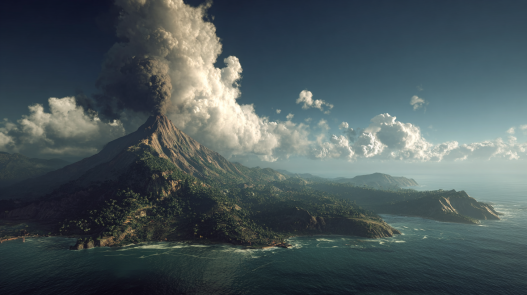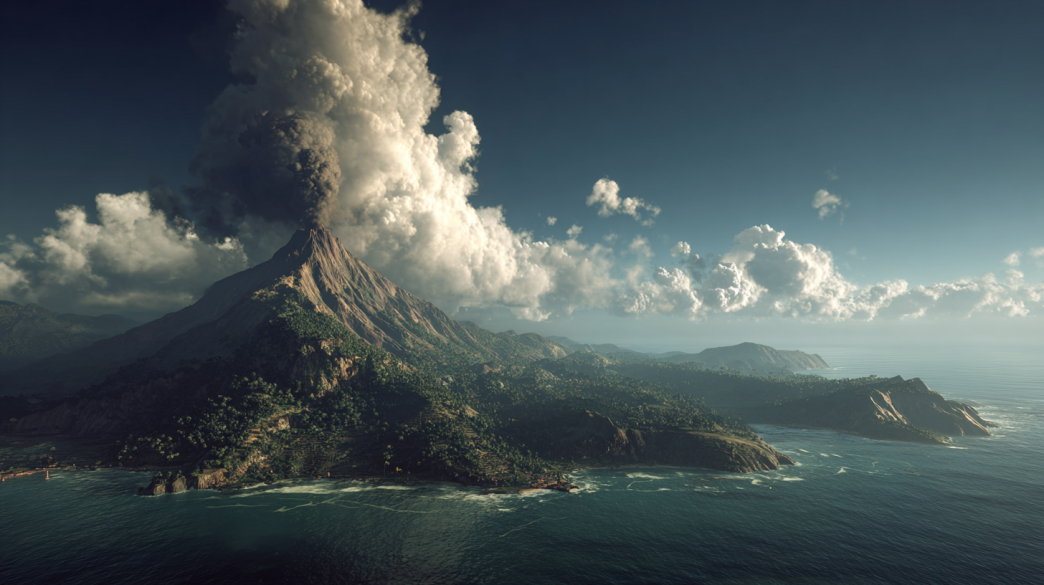Jamaica, a Caribbean island nation, is known for its culture, beaches, and the Blue Mountains. Its geological history spans millions of years. Powerful tectonic forces and transformations shaped the landscape.
A Volcanic Foundation
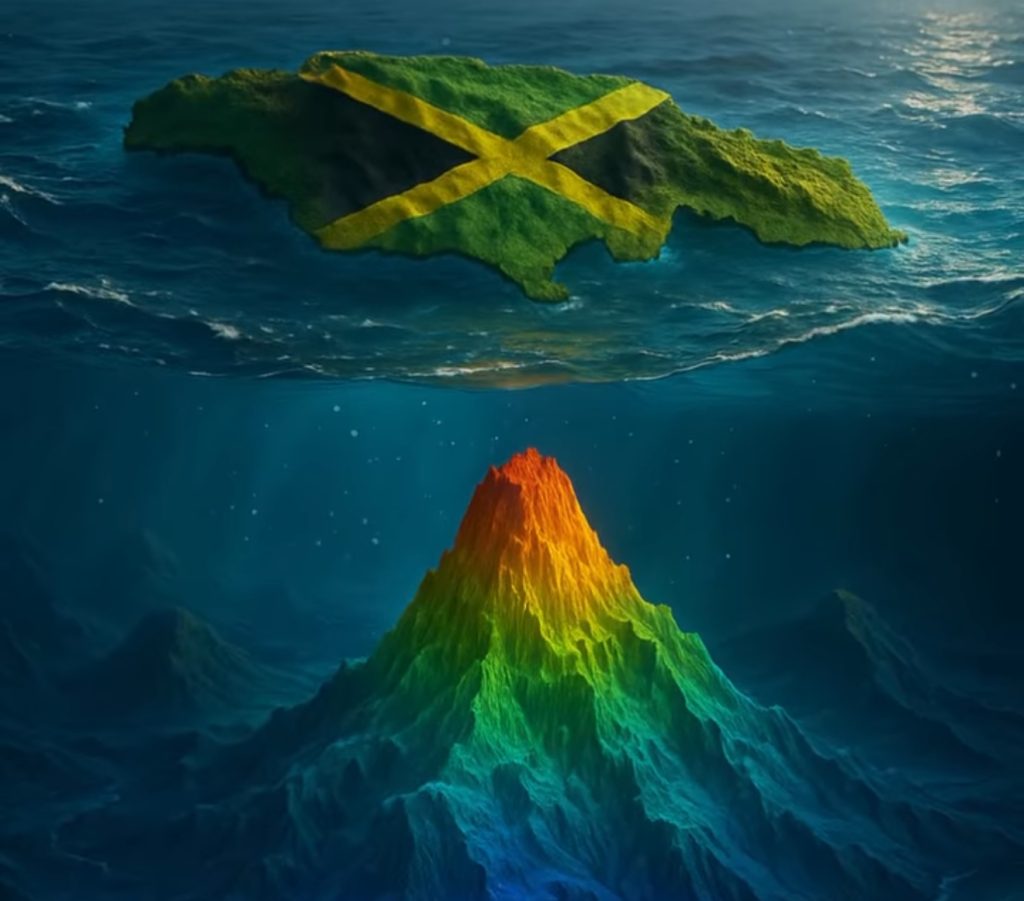
Underwater volcanic activity during the Cretaceous period formed Jamaica. Island arc and back-arc basin sequences formed the geological basement. Thick layers of igneous and metamorphic rock formed the island’s structure.
Rising from the Deep
Tectonic forces uplifted the landmass between 30 and 10 million years ago, pushing it above the Caribbean Sea. The collision of the North American and Caribbean tectonic plates formed Jamaica approximately 25 million years ago. This activity causes the mountainous topography and contributes to earthquakes.
The Limestone Cover
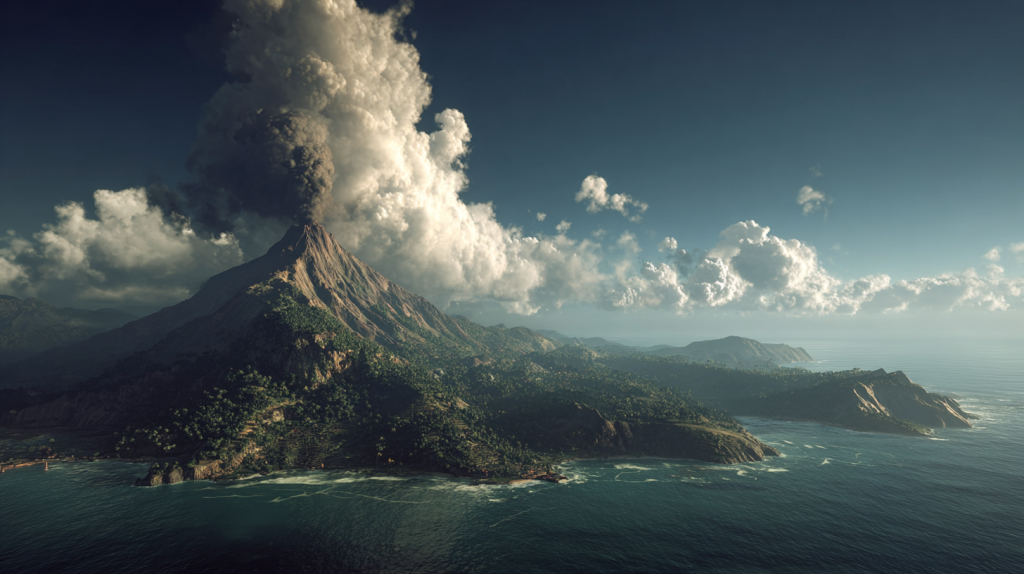
As Jamaica rose, limestone layers were deposited over older rocks. This limestone, from ancient coral reefs, covers much of the island. Water dissolving the limestone created caves and karst landscapes, including the cockpit karst.
A Legacy of Stone and Soil
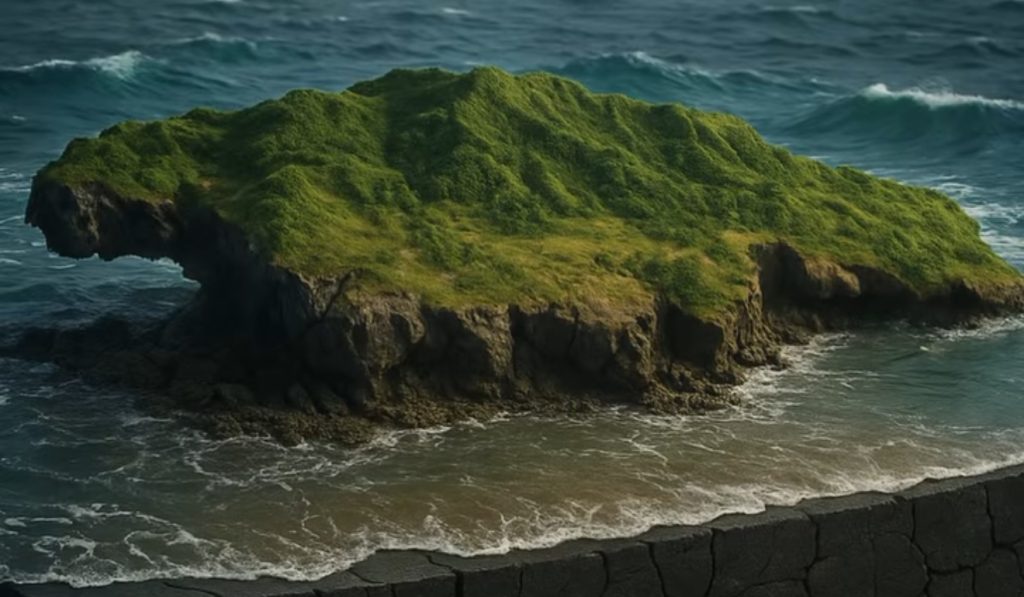
The geological processes have left a lasting legacy. Volcanic soils provide fertile ground for agriculture, including Blue Mountain coffee. Caves hold cultural and historical significance, having been utilized by the Taíno people.
A Continuing Story
Jamaica’s geological evolution continues. The island is at the boundary of the Gonâve and Caribbean tectonic plates. The movement of these plates influences the landscape and causes earthquakes. The Blue Mountains show the uplift caused by these forces.










